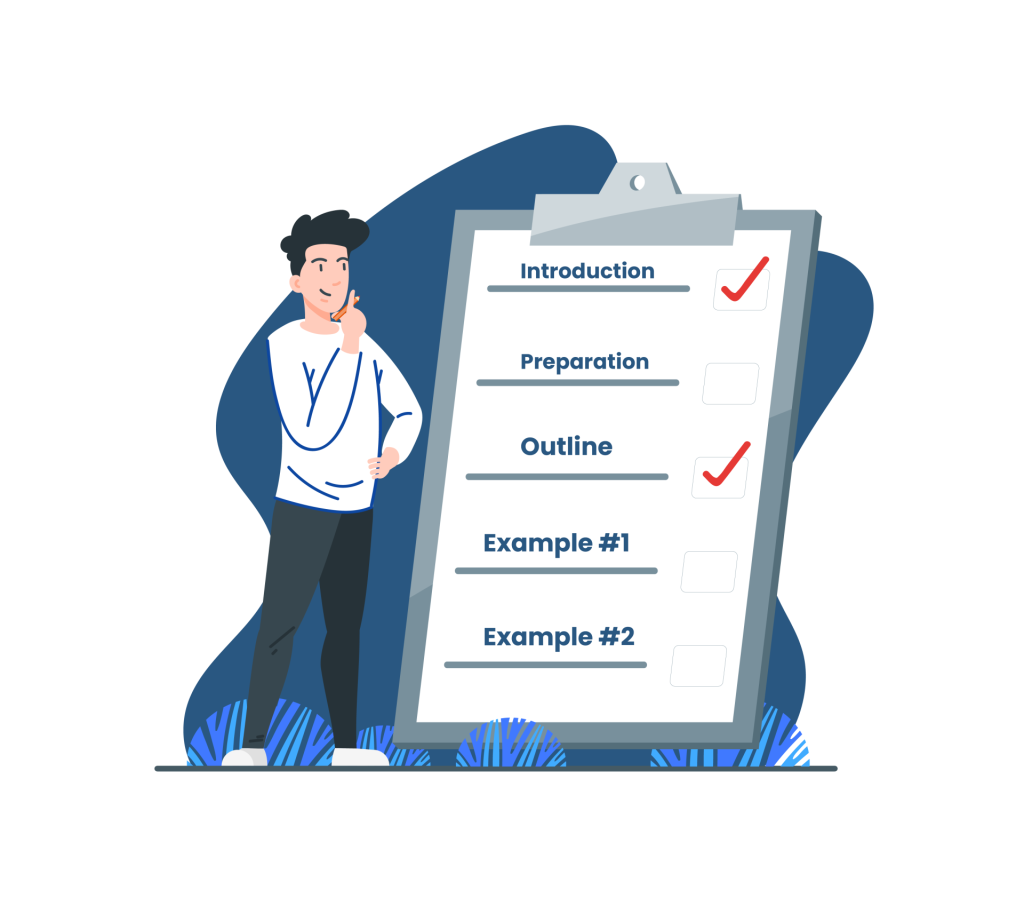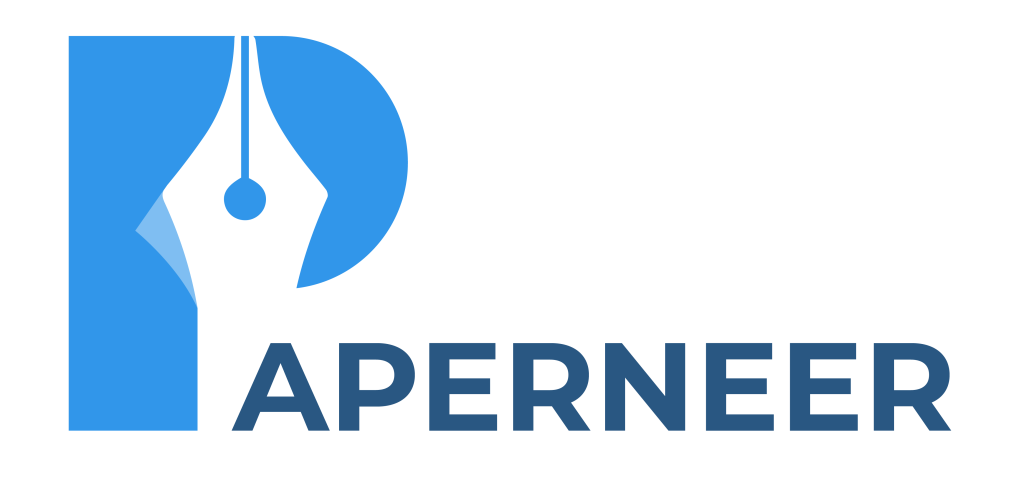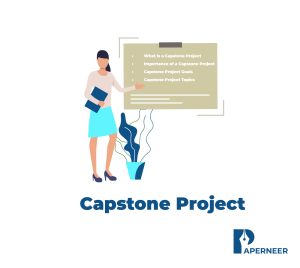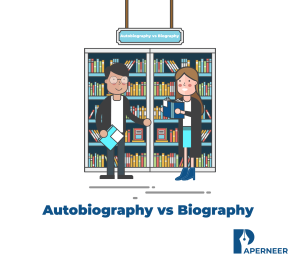Capstone Project – A Complete Guide A capstone project is sometimes the...
Read MoreThe Beginner’s Guide to Writing an Essay

Writing an essay becomes quite a daunting task sometimes, especially for beginners. There can be times when you might feel that your information for the essay is insufficient. Another time, you might face issues with structuring your essay. All these issues may cause a hassle in the process of essay writing. But no worries. This handout for the beginner’s guide to writing an essay will assist you in learning the essay writing process. Besides the beginner’s guide to writing an essay and its process, it will include the essay’s basic structure or outline and a well-written essay.
In this blog, you will find:
What is an Essay?
An essay is a short piece of non-fiction writing that informs the reader about a topic or argues a specific point of view. It can be formal or informal in nature. Most academic essays are very formal, but informal essays can be found in journal articles, social media, and even blog posts.
As we can see from this essay definition, the beauty of essays is their variety. They can explore complicated scientific concepts as well as the history and evolution of everyday objects.
There are different types of essays namely:
- Narrative Essay
- Descriptive Essay
- Expository Essay (It has further types like definition essay, classification essay, cause-and-effect essay, compare-and-contrast essay, and process analysis essay)
- Persuasive Essay
- Visual Analysis Essay
Preparation for Writing an Essay
When you receive your essay topic, you do not begin writing it immediately. Initially, you must have a clear understanding of the scope of the topic and what you intend to cover in your writing. There are several strategies to prepare your essay. You as a beginner in essay writing can use the following guide to writing an essay:
- Understand the purpose of your assignment. Try to clarify as much as possible with the person who assigned you the topic.
- When choosing a topic, choose one that interests you and that you know well.
- The length of the essay should be determined by the time allotted.
- Read primary and secondary sources to learn more about your topic. Take notes and try to find real examples and evidence.
- Create your thesis, which is the main idea of your argument. A great thesis is what distinguishes a good essay, so be direct rather than diplomatic.
- Outline your essay by organizing your ideas in chronological order. This will make your writing process more efficient and methodical.
- After these processes, start writing your essay as per the structure.
- Proofread, revise, and edit the grammar, spelling, contextual, or any other mistakes.
- Finalize your essay draft and you are good to go.
Essay Structure or Outline
Normally an essay structure consists of an introductory paragraph, some 3 to 4 body paragraphs, and a conclusion paragraph.
Introduction
Although the introduction only makes up 10-20% of the text, it piques the reader’s interest. Craft a tempting introductory sentence to build the reader’s interest. You can also start your query with a rhetorical question to pique the reader’s interest in reading the rest of the essay. Introduce the gist of your essay with a one-liner or provide some background information on the topic, but don’t go into detail.
Complete your introduction by describing your perspective in the essay. If you have a large essay with a divided body, be sure to explain its organization in the introduction. This will guide the reader through the essay and serve as a preview.
Body
The body of your essay is an important part. This is the section that makes your essay worth reading. The body section includes a more in-depth introduction, the thesis, your arguments to support your motion, evidence, and examples.
The purpose of the body is to convey the main content of the essay for review and interpretation. The body makes up about 60-80% of the text. For long essays, divide the body into paragraphs with a clear purpose. Each paragraph can focus on the main point presented in the introduction. It can then provide empirical or theoretical examples.
The use of transition words is encouraged when writing the body of an essay because they help to clearly connect sentences. The body is where the soul of your essay resides. This is where the main topic comes in. Therefore, good body construction is crucial to the success of your essay.
Conclusion
A conclusion is the last paragraph of your essay. It represents about 10-15% of the total text. It is where you connect your arguments, thesis, and evidence to form an argument. In your conclusion, avoid introducing new arguments or weakening previous ones. Make it stand out by leaving a lasting impression on your readers. A conclusion must be definitive and support the most important point of your essay.
Example of an Essay
As you have seen the beginner’s guide to writing an essay, you can now have a look at our written persuasive essay example. The rest of the essay examples can be found in our previous blogs.
Introduction
In today’s world, education plays a vital role in determining an individual’s career and preparing them for their professional life. However, the main debate these days is whether the practical knowledge of the field helps one grow better professionally or it is theoretical knowledge that helps in one’s professional growth. Theoretical studies have always been considered as the basis of knowledge. However, practical studies are progressively more recognized as essential for real-world application. Practical studies help in hands-on learning and skill development which are more effective ways to learn difficult topics and prepare students for the professional world.The emphasis on practical learning is especially significant because it helps students to apply their knowledge in a practical field, linking the gap between theory and reality and developing problem-solving abilities.
Body
The most important aspect of practical studies is that they allow students to relate their theoretical knowledge to real-world situations. While theoretical learning provides a rudimentary understanding of the principles and concepts of the subject matter, its context is often lacking. Practical studies, on the other hand, allow students to put these values to the test in real-world situations, leading to a deeper and more relevant understanding of the subject. For example, in careers such as engineering or medicine, understanding theoretical concepts without practical application would prevent students from performing processes or designing functional systems.This experiential learning allows students to understand the meaning and impact of their studies.
Secondly, practical studies fill the gap between theory and practice, making education more relevant for today’s personnel. Nowadays, employers want to hire the ones who not only understand the theory behind their work but the ones who can also implement it effectively. Practical studies help students prepare for the challenges of their work by offering them the skills and experience they need to move compliantly to their professional roles. For example, internships and laboratory work offer experience in industrial techniques, so that students are well-prepared to overcome the problems that can encounter then in their chosen disciplines.
In addition, practical studies can help improve problems and critical thinking. Students in practical environments often encounter real-world problems that require imaginative responses. Unlike theoretical learning, which generally has prearranged answers, practical studies need students to think in a creative way and adapt to unexpected situations. These experiments and practical implementation of the theories not only prepare them for the unpredictable nature of professional life but also promote flexibility and rapid thought. These talents are useful in a variety of fields, including business and science.
Conclusion
In summary, while theoretical studies are important for providing important knowledge, practical studies are required for applying that knowledge in the real world. Practical education better prepares students for their future jobs by allowing them to deal with real-world situations, bridging the gap between theory and practice, developing critical thinking skills, and encouraging active learning. In today’s fast-paced and ever-changing work environment, practical studies are invaluable.Say goodbye to Mistakes in Term Papers
Avoid Errors in Term Papers Writing a theme may be a vital tutorial task that needs careful designing and...
Read MoreUnraveling the Stories: Autobiography vs Biography
Autobiography vs Biography Understanding the excellence between autobiography and biography is crucial for...
Read More



